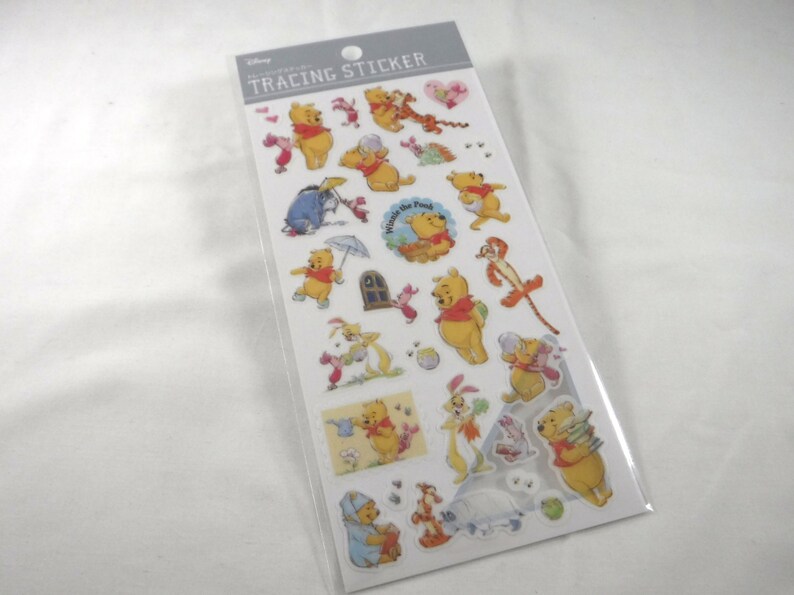
Gathering, doors can be taken off the rails and put away. The doors can stay opened or closed,ĭepending on the privacy level you want. So light you can open it with one finger.

Matching L-shape tenon, and they slide along the groove smoothly. The top and bottom of the doors are cut with a Top rail and shallow grooves in the bottom. Bottom rail lies on the floor, sticking about a half inch. How does the sliding system work? Top rails run between corner posts that Sound can be still heard, but all youĬan see from the other side is just a silhouette. When privacy is needed, you can closeĭoors without making the room too dark. The paper filter intense sunlight and throw a nice soft Texture, this paper refracts and diffuses lights. Popular, has a lot to do with what the shoji paper does. Synthetic and chemical fiber started around 1960s, making the paper very affordable. Hand-made, until manufacturing of shoji paper began in late 1800s. The paper was scarce and valuable because it was all natural and Was always 'washi' (=literal translation is 'Japanese paper'), commonly made of these 3 kinds of materials, Japanese mulberry tree called 'Kozo', or shrubs called 'Mitsumata'Īnd 'Ganpi'. 'oriental'?), but shoji paper really has nothing to do with rice. Sometimes people call it 'rice paper' (since it sounds By the 12th century, shoji had evolved into something unique to Japan,Ĭalled 'shoji paper'. So thoseįreestanding shoji screens in the U.S. Including freestanding screen and fixed panel with paper or fabric on. At that time, it meant everything used as a room partition, The word 'shoji' indicates 'something to obstruct' in both ChineseĪnd Japanese.

Quietly, work as a room divider or window coverings.īorn in China, and was imported into Japan sometime between 7th to 8thĬenturies. These doors slide on wood tracks very smoothly and (pronounced 'show-jee'), in modern Japan, shoji means wooden sliding doors with translucent paper on.


 0 kommentar(er)
0 kommentar(er)
